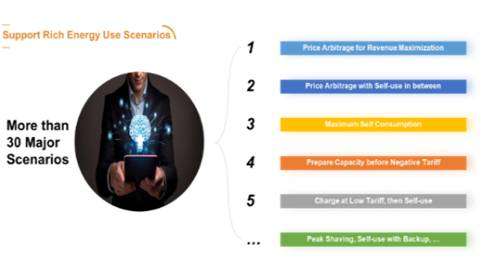TOKYO/SINGAPORE: Oil prices edged higher on Monday as the fall of Syrian President Bashar al-Assad’s regime added new geopolitical uncertainty to the Middle East. However, gains were tempered by concerns over weakening global demand and a soft economic outlook for 2025.
Brent crude futures rose by 36 cents, or 0.51%, to $71.48 per barrel, while U.S. West Texas Intermediate (WTI) crude futures increased by 38 cents, or 0.57%, to $67.58 per barrel by 0513 GMT.
The ousting of Assad, announced by Syrian rebels on state television, ended a 50-year family dynasty and heightened fears of instability in an already volatile region. “The situation in Syria has introduced fresh political risks to the Middle East, supporting oil prices,” said Tomomichi Akuta, senior economist at Mitsubishi UFJ Research and Consulting.
Nevertheless, weak demand, particularly from China, continues to weigh on the market. Saudi Aramco recently slashed January 2025 prices for Asian buyers to their lowest levels since early 2021. Meanwhile, OPEC+ extended its production cut policy, postponing planned output increases until April 2025 and extending cuts through the end of 2026.
Despite OPEC+ efforts, global demand concerns and rising U.S. output—highlighted by an increase in active oil rigs—continue to create a supply surplus. Additionally, investors are closely monitoring upcoming U.S. inflation data and China’s economic policy conference for further market cues.
Analysts remain cautious, with ANZ noting that even potential Federal Reserve rate cuts may not significantly offset concerns about slowing global growth and its impact on oil demand.







